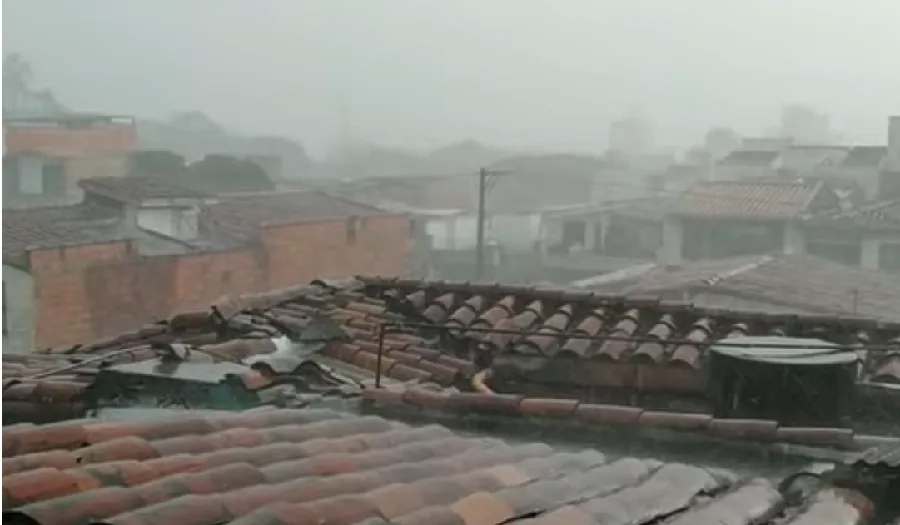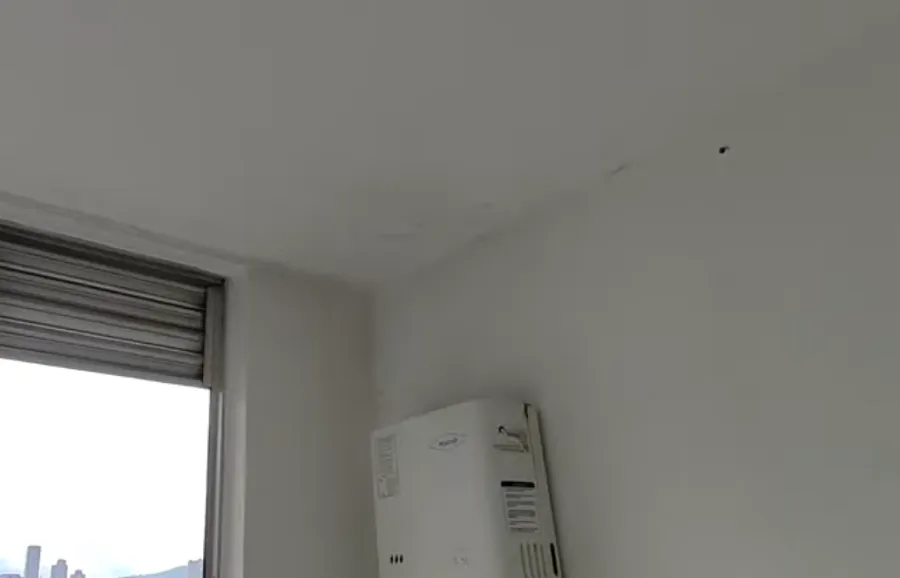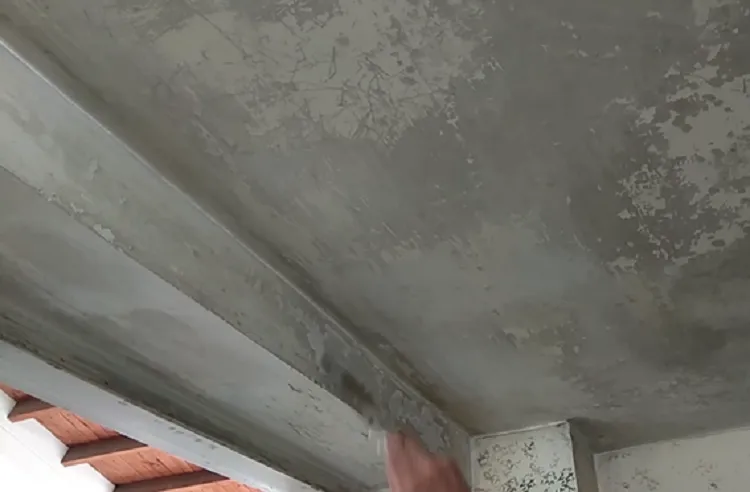Moisture mechanism in structures.

Hello friends, welcome to my blog; You have to understand several concepts to be able to solve a humidity problem and it is about the pressure of the water called positive pressure and negative pressure.

Main source of humidity in buildings
In order to understand it better, let's start from the beginning, humidity can appear in a building for various reasons; First, the most evident form of the action of humidity on a building is the water that falls in the form of rain that, together with the winds, penetrate through the openings and affect all the surfaces exposed to the elements.

Moisture affecting nearby surfaces
Second; condensation; It is the water present in the environment in a gaseous state whose quantity increases when cooking, washing clothes, showering with hot water or the simple breathing of the inhabitants, when this vapor changes to a liquid state on cooler surfaces that normally face the outside, such as walls. and the windows generate discomfort in the residents and damage to the finishes.

Water used to cure concrete structures.
Third; water trapped when building; It is the water that was incorporated into the home during its construction, for example, the water in the concrete, mortar, bricks, stucco preparation water, water-based paint adhesives, cleaning, washing, among others.

Moisture by capillarity
Fourth; Rising damp from the ground also known as rising damp by capillarity; It is a continuous and constant flow of water molecules that rise from the ground on which the building is supported upwards, penetrating the construction materials that form the walls and going up them.

Severe damage to both wall and column near a kitchen
Five; leaks in facilities; defects in installations and artifacts that lead to water such as the drinking water network, sewage, rainwater downspouts, among others.
Sixth and last; stored water, the presence of stored water is a potential cause of humidity towards the interior of the building, since any failure of the structure that contains the water can filter into the rest of the construction.

Positive pressure in conjunction with the coating
Having clear the six ways in which humidity appears in a building, it is time to explain how it affects water pressure:

Negative pressure on the opposite side of the coating
While the negative pressure of the water is when the water hits the opposite part of the support where the coating is applied, we say that the waterproofing is subjected to negative pressure when the water comes from the back exerting a force that detaches the coating.

Damp roof repair
It is very important to identify when it is positive pressure and when it is negative pressure of the water for the simple reason that there is no waterproofing that serves to withstand the two forces of water.
I hope the information is useful when making a decision, do not forget to support me and we will read next time, bye.
